by Jordan Berardi
[wpcol_2third id=”” class=”” style=””]
“Is Patrick going to O’Hara next year?”
“Where else would he go?”
Of the Catholic high schools in the Kansas City area for boys to choose from: Rockhurst, Bishop Miege, Saint Thomas Aquinas, Saint Pius, Archbishop O’Hara and Saint James Academy, only one fit for Patrick.
It was not because it is the nearest Catholic high school to his house. In fact, it is 25 minutes away.
It is not because his parents favor that school over another. In fact, they wish Patrick could attend Rockhurst with his friends and brother, Jake.
The decision for Patrick to attend Archbishop O’Hara High School starting in the 2013-2014 school year was made simply because it is the only option for him if he wishes to receive a Catholic high school education.
A girl in Patrick’s situation would have the same limitations: one Catholic school, one option, O’Hara.
Patrick Cussen, an eighth grader, has Trisomy 9, a chromosomal syndrome with which the ninth chromosome appears three times in any given cell, rather than two. This disease causes handicaps, like mental retardation and learning disabilities, and affects the formation of the skull and face.
Patrick attends St. Peter’s Catholic School as part of the special education program, funded by F.I.R.E., allowing him to receive an inclusive religious education during his time there.
However, after graduating, he has only one option in choosing a Catholic high school as a student with special needs.
Maggie Cussen, Patrick’s sister and a class of 2012 STA graduate, sees the hardship of sending Patrick somewhere he will know few, if any, classmates.
“It’s hard to have to tell your brother, who has been saying he wants to go to Rockhurst like his big brother, that it’s not possible,” Maggie said.
For St. Teresa’s and Rockhurst, both single-sex Catholic schools, one dominant thing stands in the way of kids with intellectual and developmental disabilities attending: they are college preparatory.
St. Teresa’s has guidelines which need to be met to uphold the status of a “college preparatory.” Those guidelines include admission of students based on entrance exam test scores and elementary school grades. Therefore, a program where students with intellectual disabilities are present in class would be a radical shift for the school.
However, St. Teresa’s could do it.
STA could implement a program where girls with special needs are taught in a separate area on campus, however are included in everyday STA activities such as lunch, assemblies, sporting events and productions. The girls in the program would be taught according to their personal education plan to ensure individual success.
In addition to inclusion of these students in school activities, STA students could interact daily with the girls in the program. An option could be offered for girls to spend a few free periods a week helping those in the program with schoolwork or basic life skills such as cooking or doing laundry.
This plan would take time, money and effort to put into action, but creating options for Catholic high school students with special needs is vital.
The money can be raised. The space can be made. The teachers can be hired.
Junior Abby Dearth and her brother Austin have encountered the benefit of Catholic special education by attending St. Peter’s.
Austin was born with Oculocerebrorenal syndrome, also known as Lowe syndrome. The condition significantly affects the eyes, nervous system and kidneys and causes mental handicaps.
Austin graduated from St. Peter’s in 2007. Area families of kids with special needs, along with his own, explored options for a high school willing to implement a special education program.
The families asked many area Catholic high schools if special education would be possible at their school.
O’Hara was the only Catholic Kansas City-area school willing to take steps toward a special education program.
If O’Hara had not implemented the program, Austin’s Catholic education would have ceased after eighth grade. Instead, Austin graduated from O’Hara, earning a diploma with the class of 2011.
“I don’t know what kids in the area, before our families’ efforts, did,” Abby said. “Is your education supposed to stop after eighth grade? That’s not fair.”
Being around those with special needs her entire life, Abby sees the benefits of having programs like this in Catholic schools.
“I know Austin always loved, and still does, feeling like he belongs in a certain place,” Abby said. “That’s what [O’Hara] did for him.”
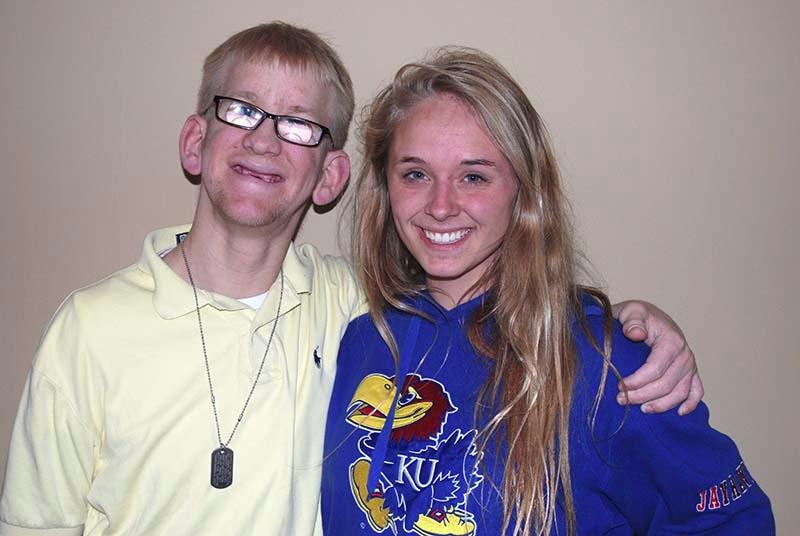
Because O’Hara’s program offers inclusion, their system is very effective. But one successful attempt at creating such a program does not mean the efforts to create special education in other area Catholic high schools should stop. Including girls with intellectual disabilities would only enhance STA’s community which “values, and therefore embraces, a culturally, economically, ethnically, and racially diverse student body.”
Steve and Nancy McCoy are the special education teachers at O’Hara and are instrumental to the program’s success. Steve feels the mentors benefit just as much as the students they are helping.
“Here especially, in a parochial school, where it’s in a Catholic environment, it’s about being there for other people,” Steve said. “Out in the world…we need to incorporate [special needs] people and help take care of them. When we see them…we need to learn how to interact with them.”
Mary Anne Hammond, whose daughter Kailey has been diagnosed with mental retardation, feels it is a “Christian…concept that we include and welcome those that have a challenge.”
“[Including the disabled] builds in compassion, acceptance, tolerance and a sense of gratitude for those that don’t have the same challenges,” Hammond said.
Patrick’s mother, Kathleen, feels the lessons of being around those with special needs can only be taught one way: experience.
“[My children] have an understanding of human compassion that cannot be taught–it has to be lived, witnessed, experienced,” Kathleen said. “There is no other way.”
O’Hara junior JD Meyers, who is not directly a part of the OPTIONS program, feels it affects him regardless.
“My high school experience would definitely be different if it didn’t involve these kids,” Meyers said.
Seeing that both the special education students and those surrounding them benefit, Hammond believes the ultimate message is simple: “The lives of those kids with and without special needs have been impacted for eternity, and for God’s grace and the work of the Holy Spirit to that end, the founding families are profoundly grateful.”
According to president Nan Bone, “Anything is possible.”
The potential is there.
“We just need to try,” Dearth said. “And there’s no reason we shouldn’t try.”
One question remains: Can a single conversation initiate the process of fulfilling a special need within a school where a main goal is to serve “neighbor to neighbor without distinction?” Only time will tell.
[/wpcol_2third] [wpcol_1third_end id=”” class=”” style=””]
STA Poll on Special Eduation
Only one area Catholic school offers special needs program
by Natalie Fitts
In the fall of 2007, Archbishop O’Hara High School started the OPTIONS program, making it the only high school in the Diocese of Kansas City-St. Joseph to offer a special education program. Nearly six years later, O’Hara remains the only option for parents in that diocese who want to send their handicapped child to a school in which he or she can receive a full-inclusion Catholic education while still having their needs met.
O’Hara assistant principal Jane Schaffer designed the OPTIONS program after visiting with the director of a similar program at a Catholic high school near Washington, D.C. According to F.I.R.E., the Foundation for Inclusive Religious Education, the full-inclusion setup allows special needs students “to accomplish their own individual academic objectives while learning alongside their peers.” According to the O’Hara website, the program “has been a home for students from [diocesan] elementary schools, who would not have been able to receive a Catholic high school education” otherwise.
“The program…designs a curriculum for each of its students so that he or she can attend a Catholic school with his/her peers to have a true high school [experience],” Schaffer wrote in an email.
According to Schaffer, Nancy and Steve McCoy are the special education teachers for the program, and they work with the 10 students with varying degrees of disabilities, as well as all the teachers in the school to modify lesson plans.
According to Steve, the 24 junior and senior peer mentors have helped the full-inclusion concept succeed.
“[The special education students] have responded very well because they see their peer [mentors] and they interact with them, and I think their [mentors] kind of help them acclimate with the whole student body,” McCoy said.
According to McCoy, the mentors devote one hour each day to taking the special needs students to regular classes.
“If [the special needs student is] overwhelmed or there’s something they can’t do in that class, [their mentor] will bring them back to [my classroom], and I’ll work with them one-on-one,” McCoy said. “The idea is to get them out in a regular environment as much as possible.”
According to Schaffer, the program focuses on giving the special needs students the same opportunities and experiences as their peers.
“They have homework, they are involved, they are students,” Schaffer wrote.
This extends to the financial aspect of O’Hara. According to Schaffer, the OPTIONS students’ families pay the same amount in tuition as any other student at O’Hara. Additional expenses are covered partly by F.I.R.E., which provides grants for Catholic schools with inclusive education programs in the diocese.
“We have received a grant from F.I.R.E which helps with part of the special education teacher’s salary,” Schaffer wrote. “O’Hara’s budget covers the remaining amount of the teacher’s salary, the part-time paraprofessional’s salary, materials for the program, transportation for off-site work-study, training for the peer mentors, etc. When extra money is needed we have asked for donations and the community always responds.”
According to Schaffer, O’Hara always finds a way to overcome any financial obstacles related to the program.
“We believe that all students deserve a high school Catholic education and will fund this,” Schaffer wrote.
According to STA president Nan Bone, finances would only be one aspect an appointed committee would have to address if STA were to try a program similar to O’Hara’s. Classroom space and college preparatory status would also be factors.
“You have to pass a high school placement test [to be admitted to STA] and a person with down syndrome probably isn’t going to be able to pass that,” Bone said.
However, according to Bone, the administration is not currently opposed to working with a prospective student with minor disabilities to determine if she can prosper at STA.
“We can figure out if [STA] is a good fit for [that student]–if we can put her where [she] is going to succeed,” Bone said. “The more severe it is, the more limited we are.”
According to Bone, any program that would make STA more capable of dealing with severe cases would not likely happen “next year or in three years.”
“Anytime we have any long-term visions, we come up with a strategic plan,” Bone said. “[That plan] would for sure [take] at least three or four years…[with] studying and figuring out logistics.”
Ultimately, according to Bone, developing any special education program at STA would come down to ensuring the maintenance of the current quality, standards and atmosphere of STA.
“If I would undertake this as a president, I would really do a thorough study of how we could do the best job for all of our girls,” Bone said. “It’s [about] a lot more than ‘I’d feel really great if that happened.’ Just like St. Teresa’s [is currently] the best school in Kansas City, we’d have to be the best school that educates anybody, whether they’re special needs or not.”
[/wpcol_1third_end]








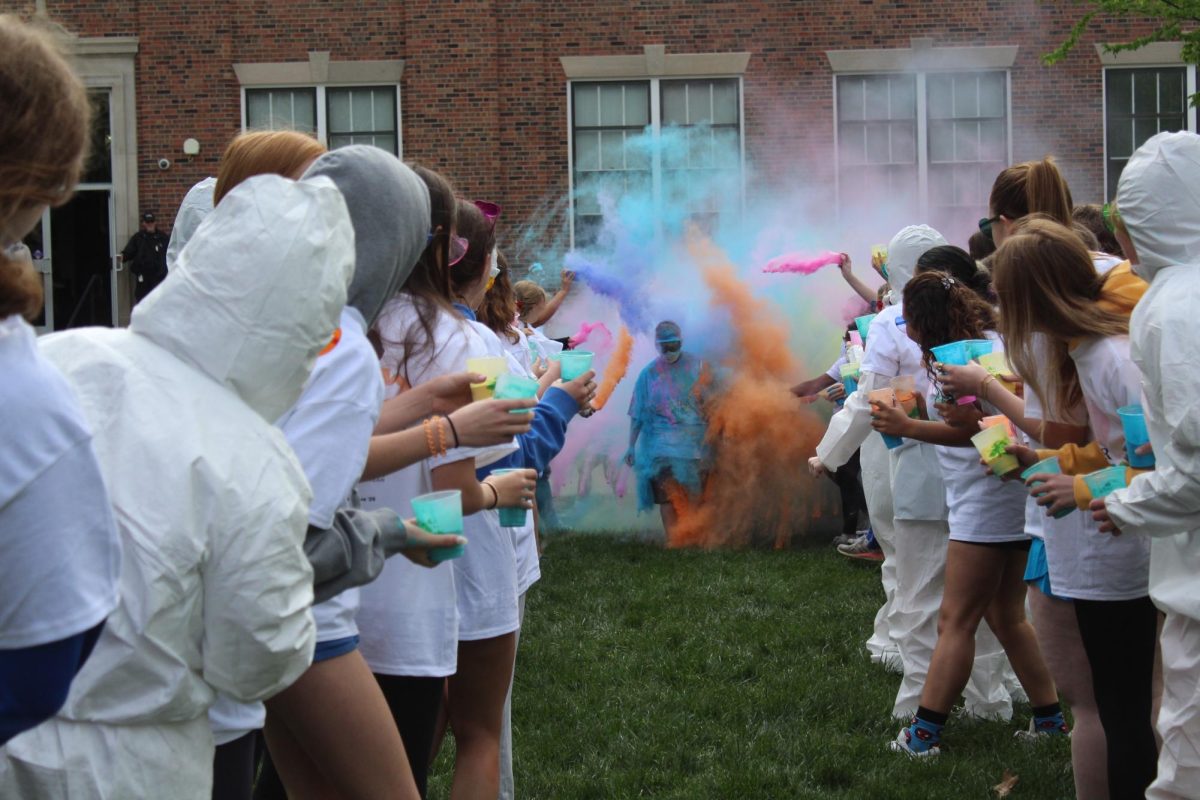
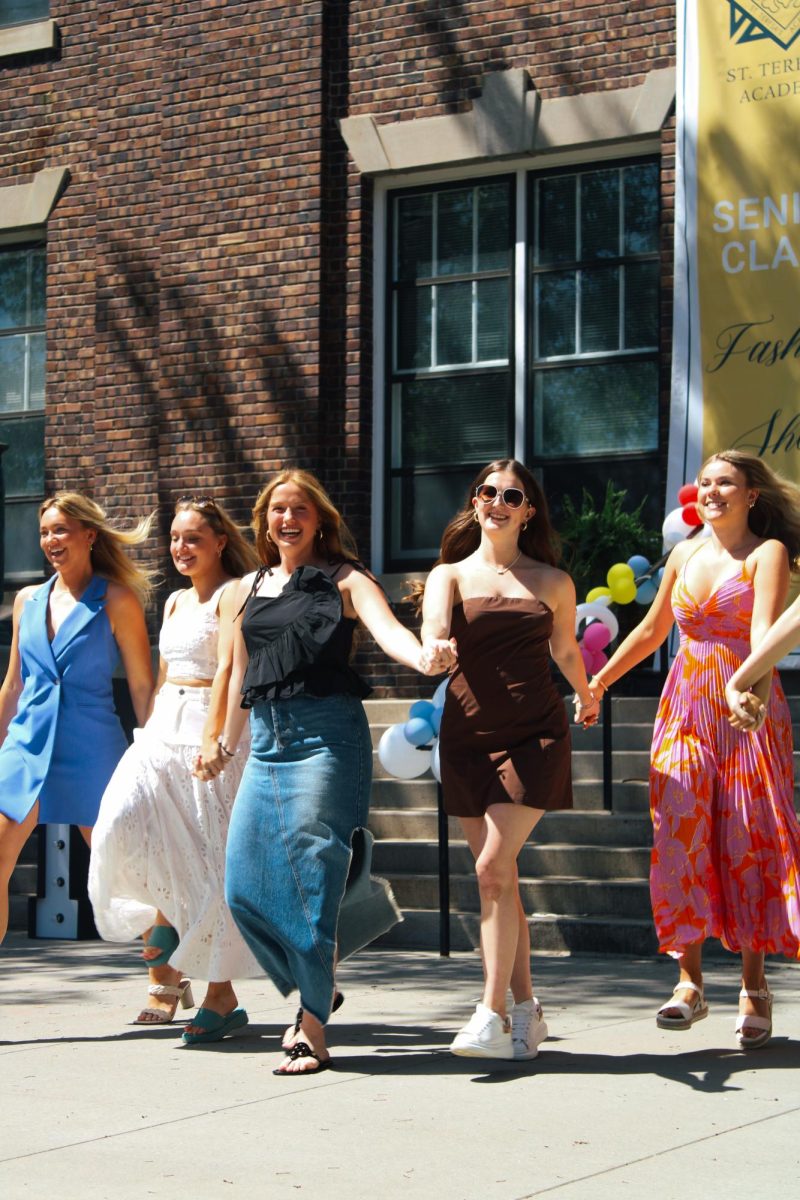

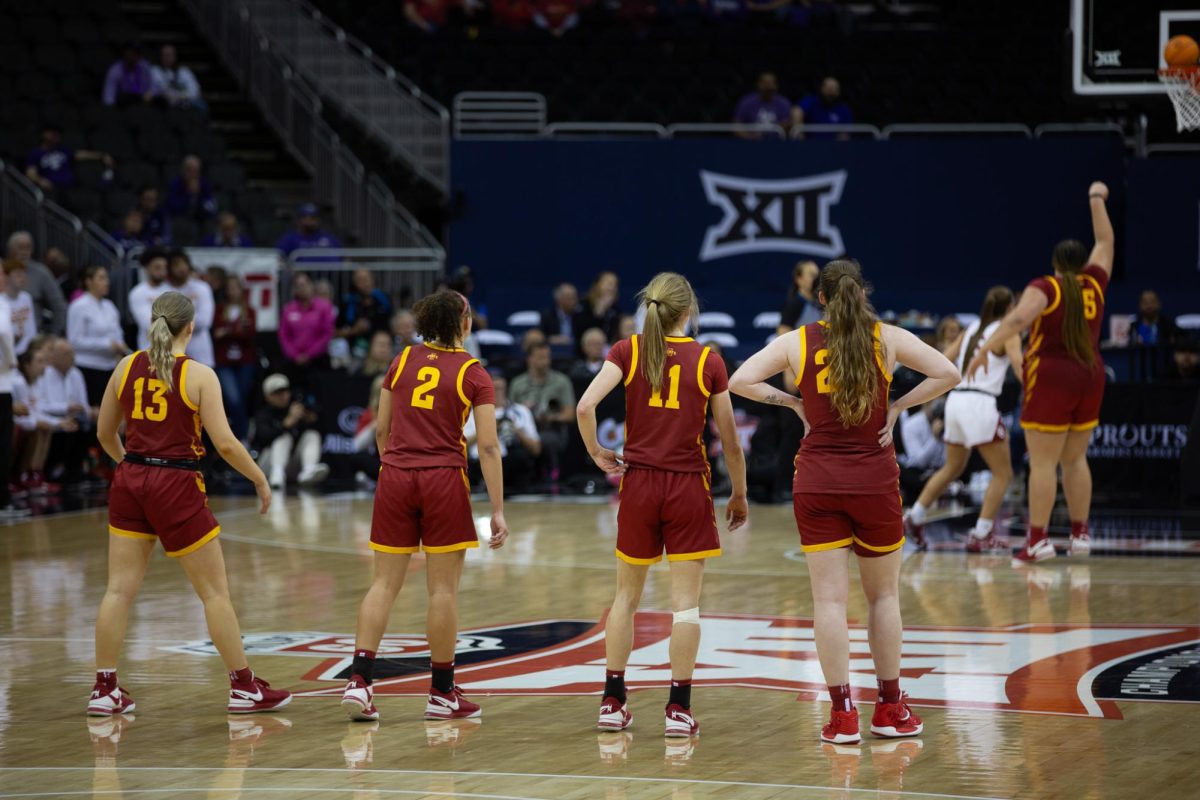
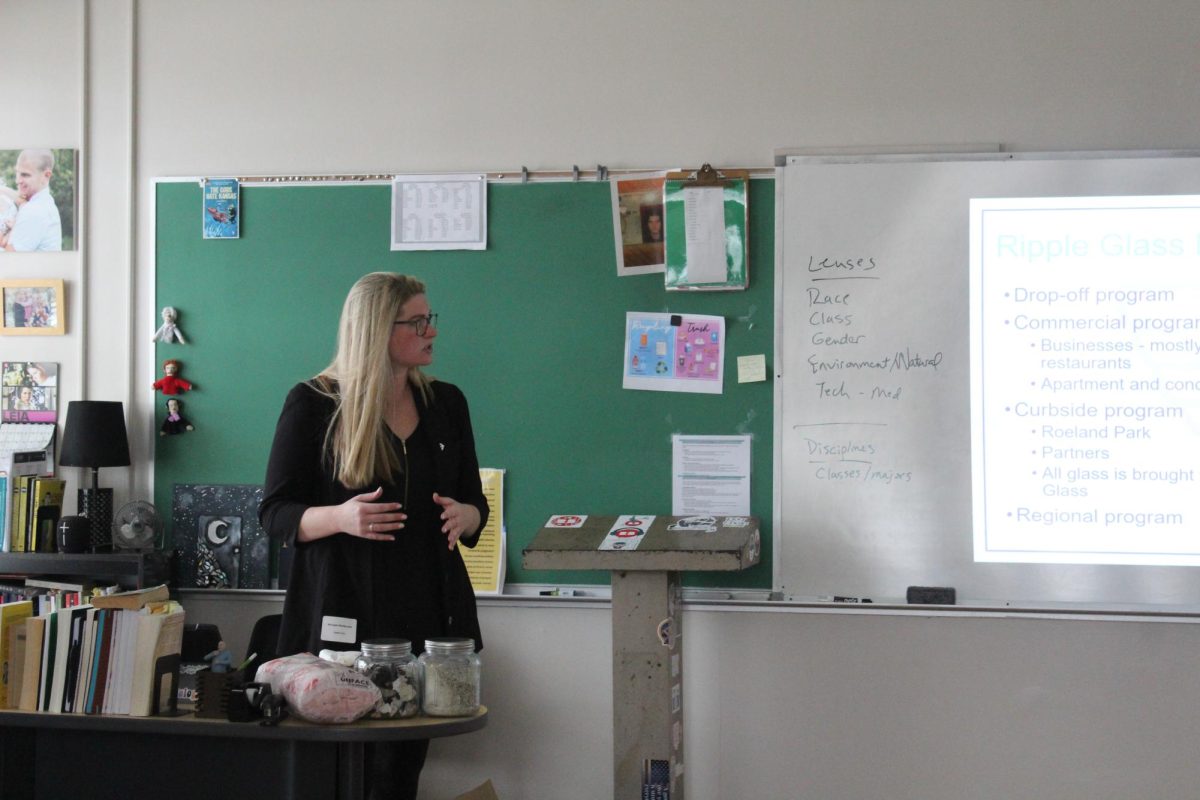
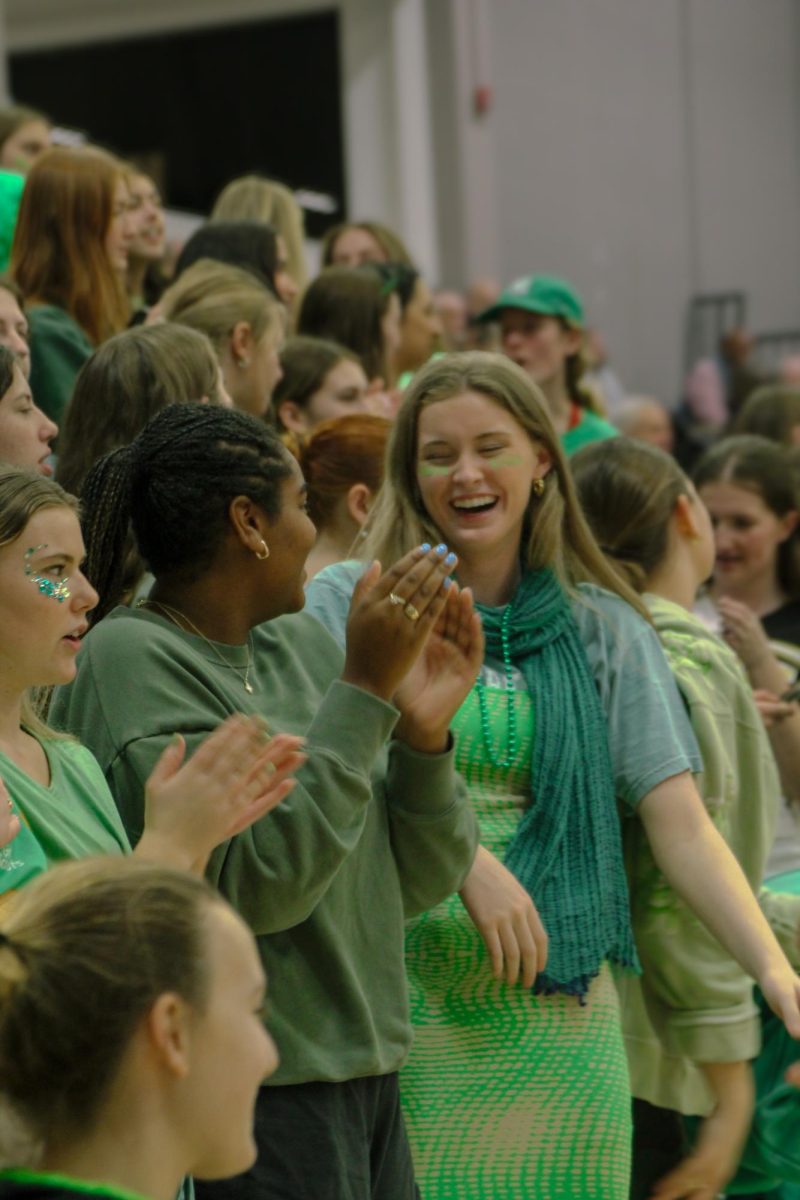
Celia • Apr 16, 2013 at 12:16 pm
I have been wondering why STA didn’t have a program like this since my first day of Freshman year. I went to St. Peter’s and was so sad when I wasn’t able to continue school with the girls who have special needs in my graduating class. Great article, Jordan, and I hope that this sparks conversation among the administration!